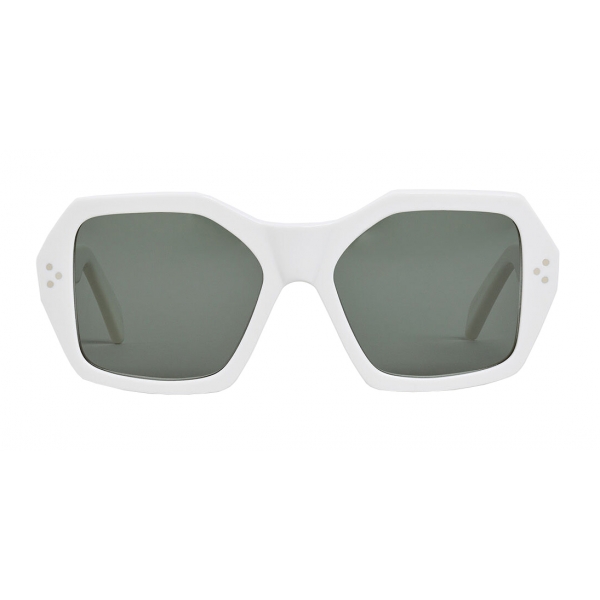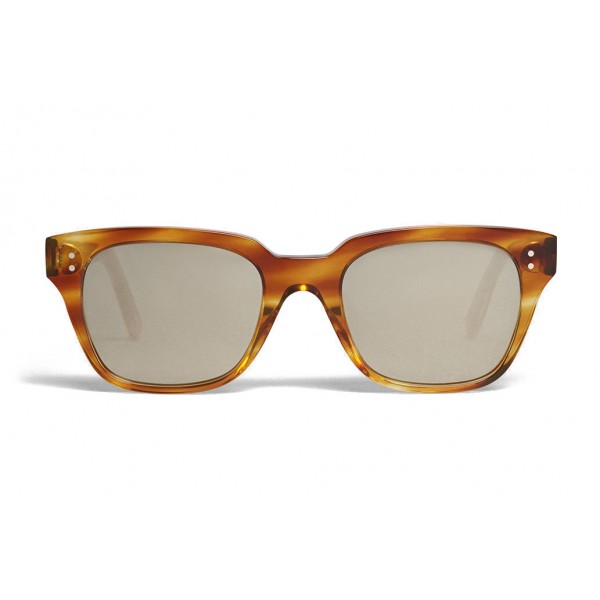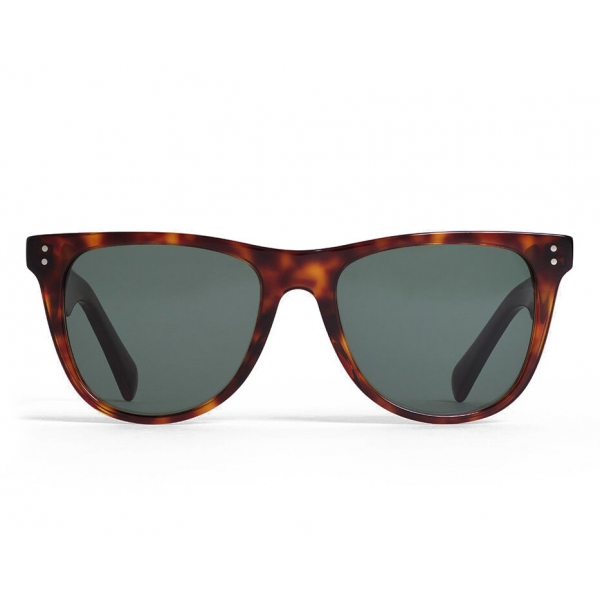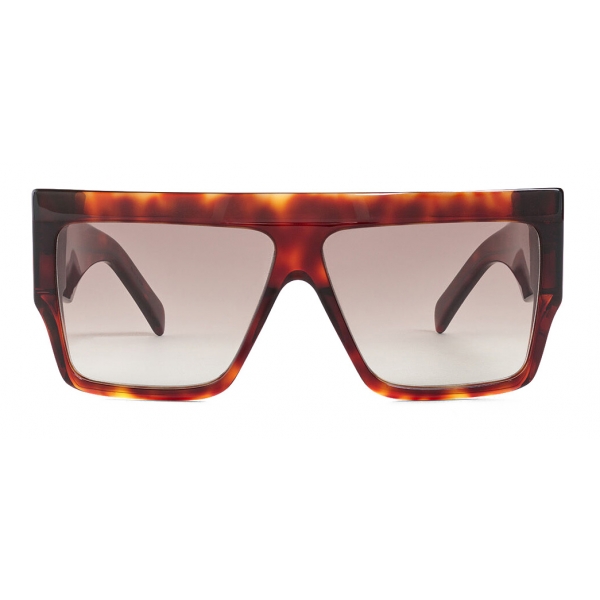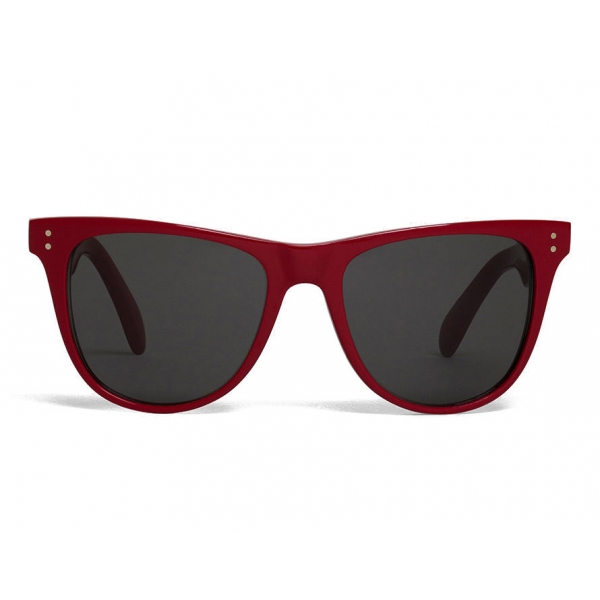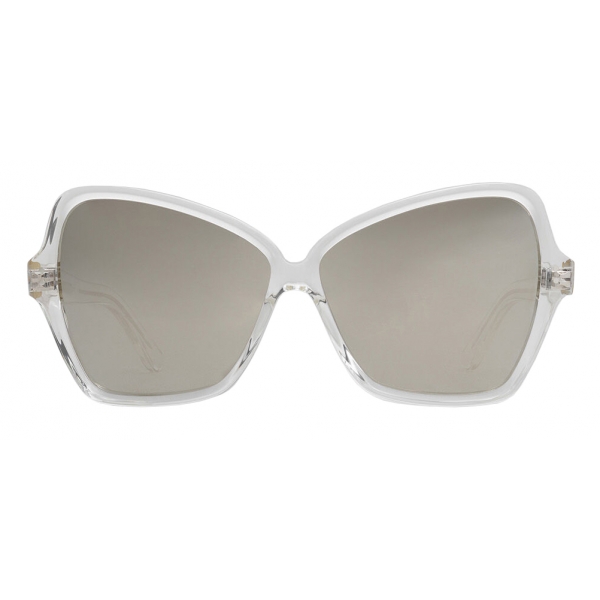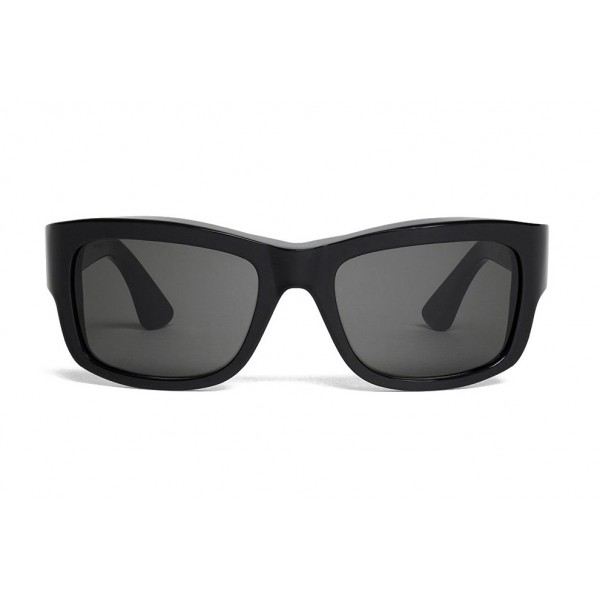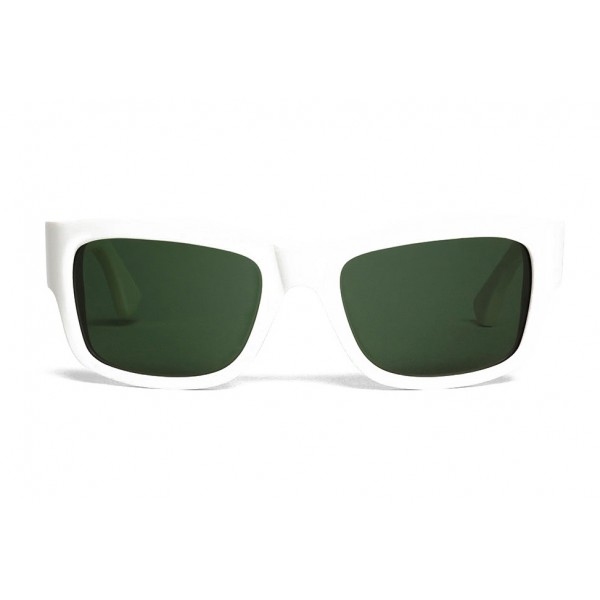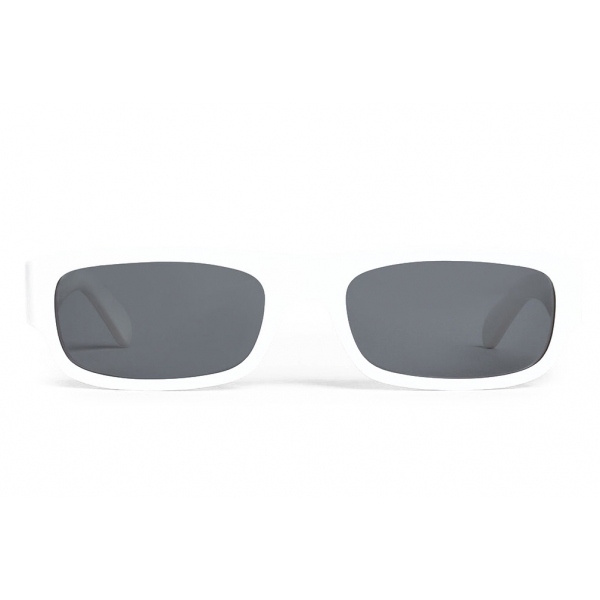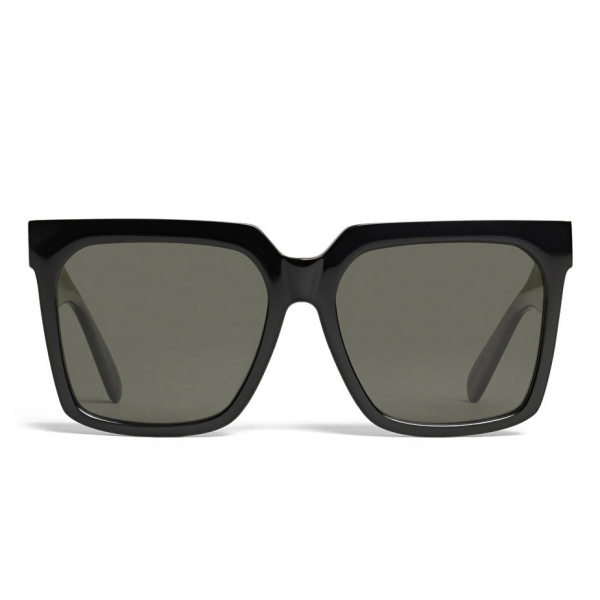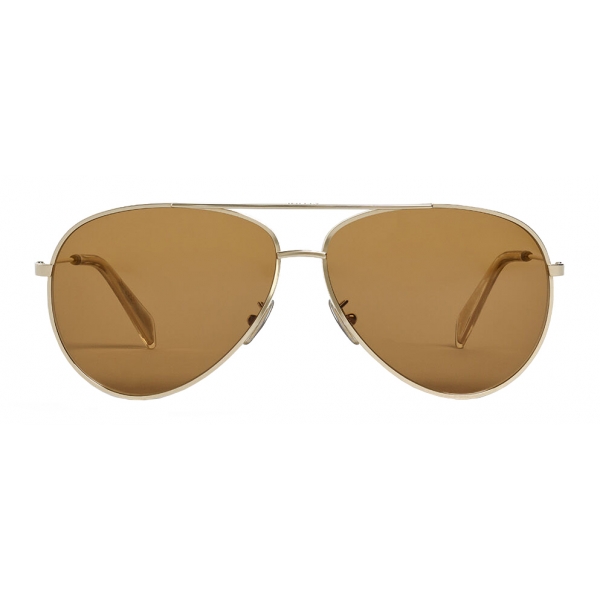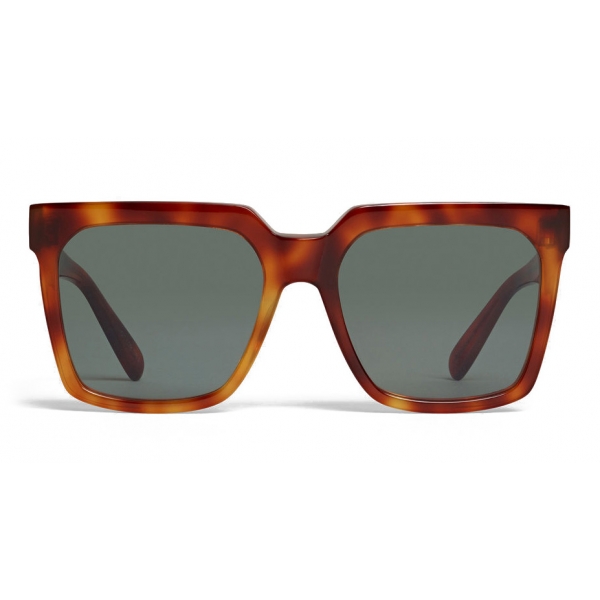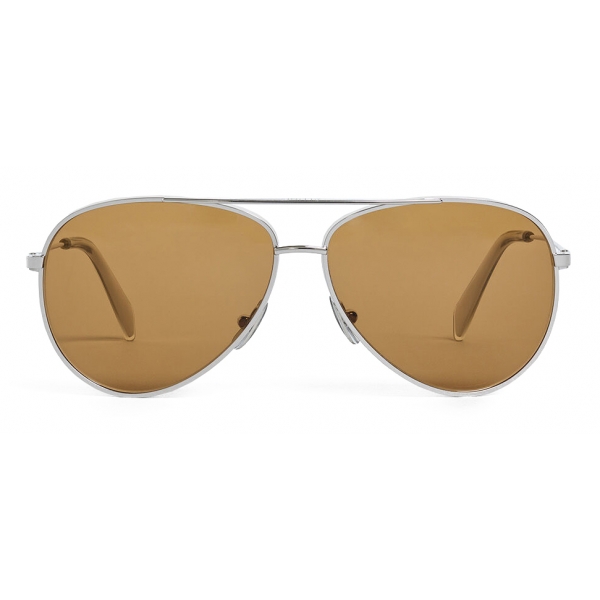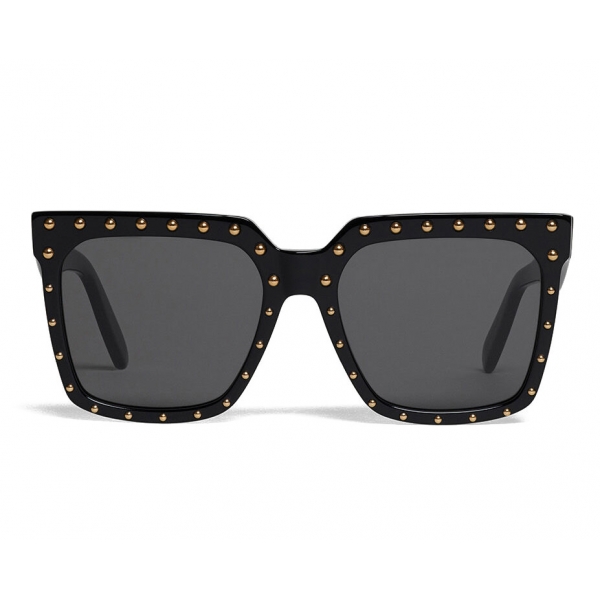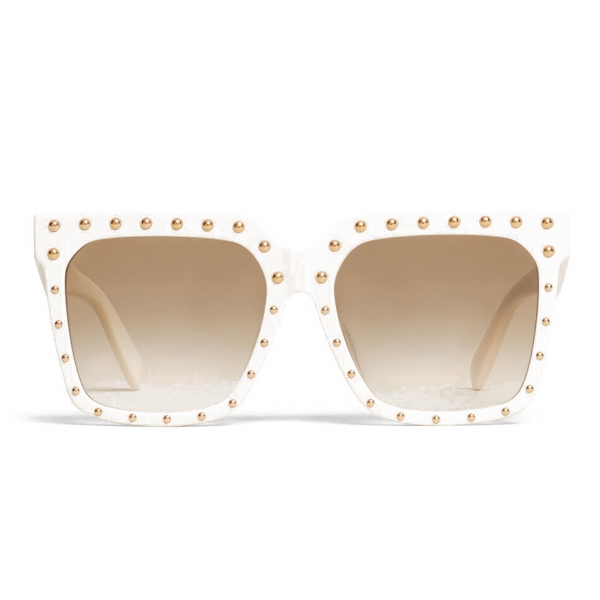No products
Categories
- Fashion Accessories
- Clothing
- Beauty & Lifestyle
-
Hi-Tech & Lifestyle
- Gaming
-
Case
- iPhone 11 Pro
- iPhone 11 Pro Max
- iPhone 11
- iPhone X / XS
- iPhone XS Max
- Samsung S10 / S10+ / S10e
- Huawei P30 / P30 Pro / P30 Lite
- Huawei P20 / P20 Pro / P20 Lite
- iPhone XR
- Samsung S9
- Samsung S9+
- iPhone 8 / 7
- iPhone 8 Plus / 7 Plus
- Samsung S8
- Samsung S8+
- Samsung S7
- Samsung S7 Edge
- iPhone 6 / 6 s
- iPhone 6 Plus / 6 s Plus
- iPhone 5 / SE
- Skin
- Audio
- Smart Home
- Drones & Hoverboard
- Photo & Video
- Desk Supplies
- Accessories
- Games
- Beverages
- Food
- Home
- Jewelry
- Luxury
- Travel
- Art
- Footwear
- Vintage Fashion
- Restaurants
- Sport
- Animals
- Gift Ideas
- Kidswear
Extra
Céline Eyewear
Elegant and Luxurious, Yet Still Pretty Utilitarian
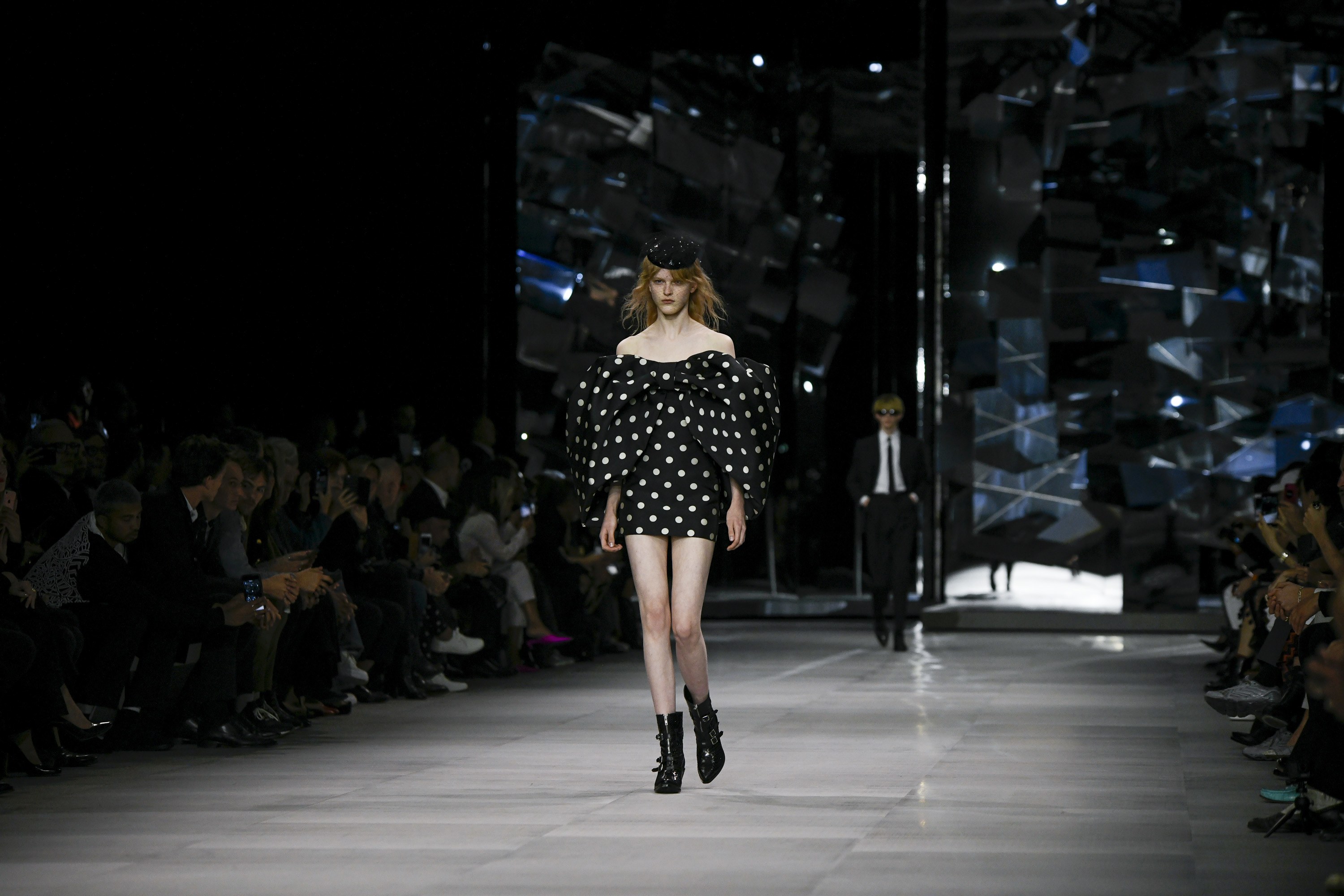
History

Celine was founded by Céline Vipiana and her husband Richard in 1945 as a made-to-measure children͛s shoe boutique that was located in Paris at 52 rue Malte. The shop was denoted by a highly distinct red elephant logo created by cartoonist Raymont Peynet. Finding success, the duo expanded and opened three more stores by 1948.

More than a decade later, Vipiana used her success as a launch pad to branch out into ready-to-wear, with the goal to deliver fashion to the everyday woman. On a platform that advocated for practical clothing over frivolity, she launched a sportswear-driven line that revolved around wool skirt suits, fitted shirts, leather vests, and pastel-colored denim.

Vipiana believed that women did not need a bizarre and out-there wardrobe, but rather something more understated and functional, thus making the brand an advertisement for French Couture Sportswear.
According to Vipiana, she believed the typical Céline customer is ͞dynamic, she works, she travels a lot and doesn’t rely on extravagant and overly eccentric clothing to convey her personality to others.
This resulted in a high-end collection of pieces that were elegant and effortlessly chic.
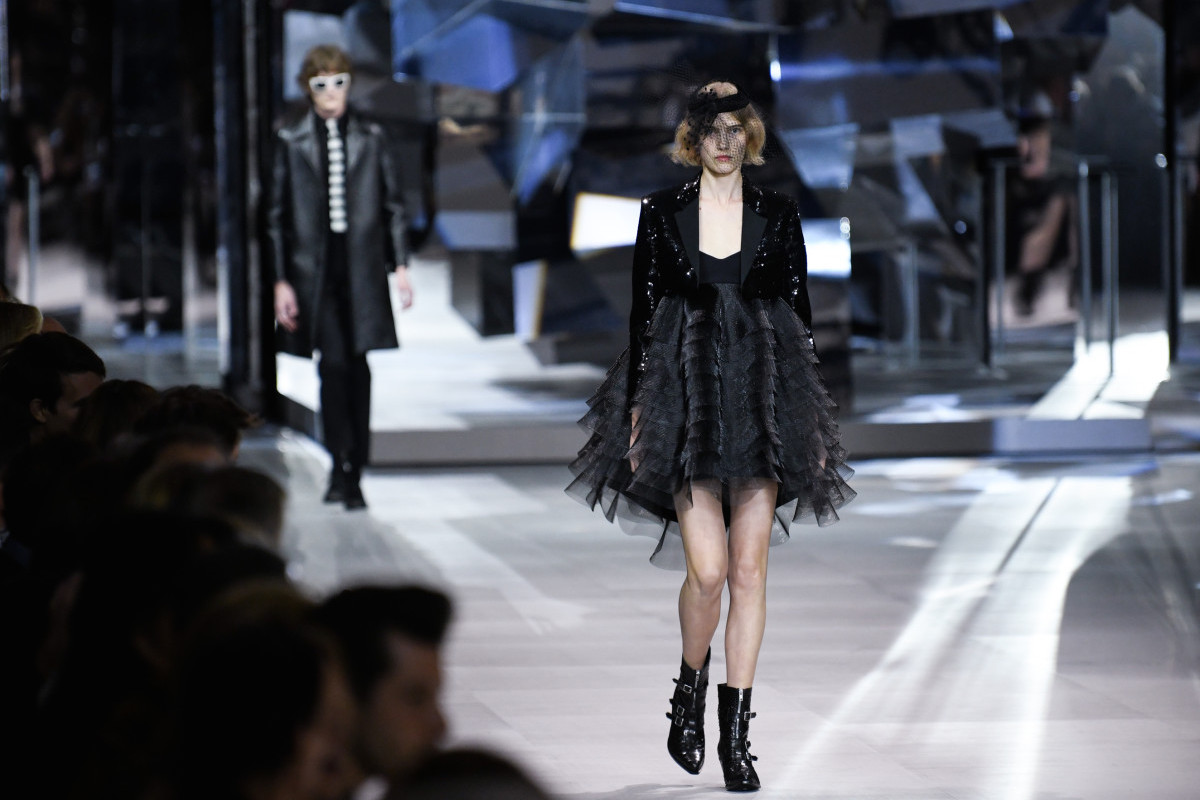
In 1963, she unveiled a women͛ shoe line and a year later introduced Vent Fou, the brand͛s first fragrance that featured notes of galbanum, jasmine, and rose. Vipiana added leather accessories in 1966, including bags, belts, and gloves. In her mission to deliver pieces of the highest caliber, she sought out a leather goods factory in Florence.
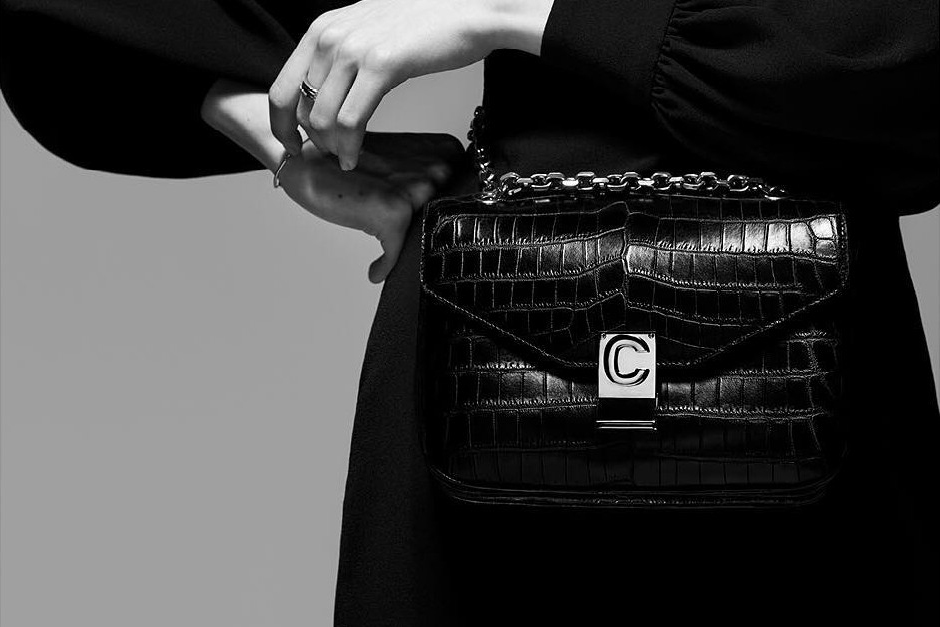
Thing that made Céline really popular was to aim her collections of bags and shoes at the new middle class market and not just at the elite few. The most important things for brand founder were materials. Céline Vipiana is constantly innovating her lines, when denim became fashionable, she re- worked it and made it more feminine.

By the ͚70s, Celine had gone international, with new boutiques opening across the globe, from Monte Carlo to Beverly Hills to Hong Kong. But 1973 marked a logo redesign, in which Vipiana revealed intertwined Cs , a nod to the Parisian landmark Arc de Triomphe.
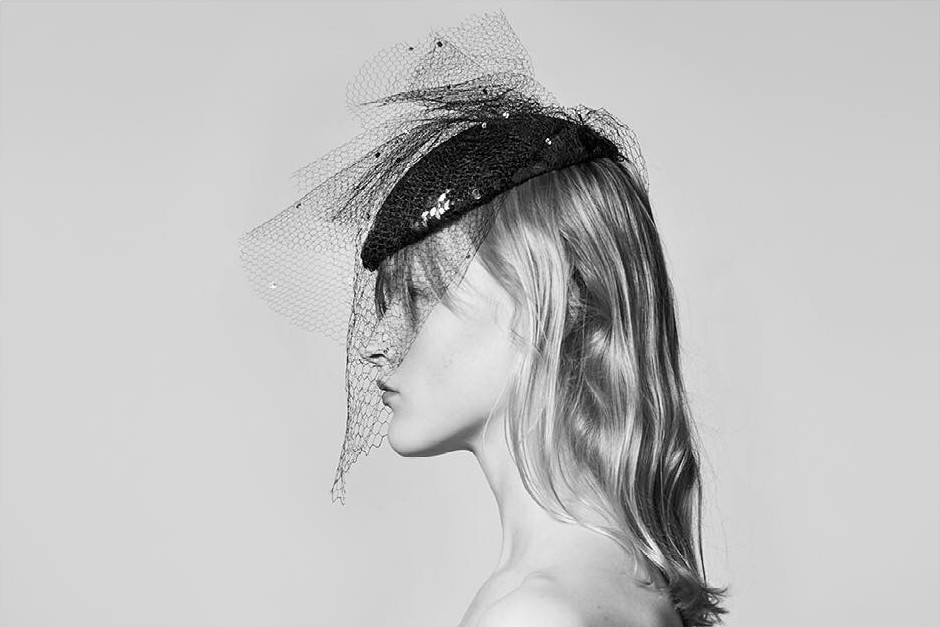
In 1987, Bernard Arnault, a French business magnate, saw the brand͛s potential, bought its capital, and inherited all 89 of its stores. Nine years later, Celine officially became a part of the LVMH group and began ramping up the development of its ready-to-wear and accessory collections. Vipiana remained the designer of Celine until she died in 1997 at 84 years old; she was immediately succeeded by Michael Kors as lead designer.
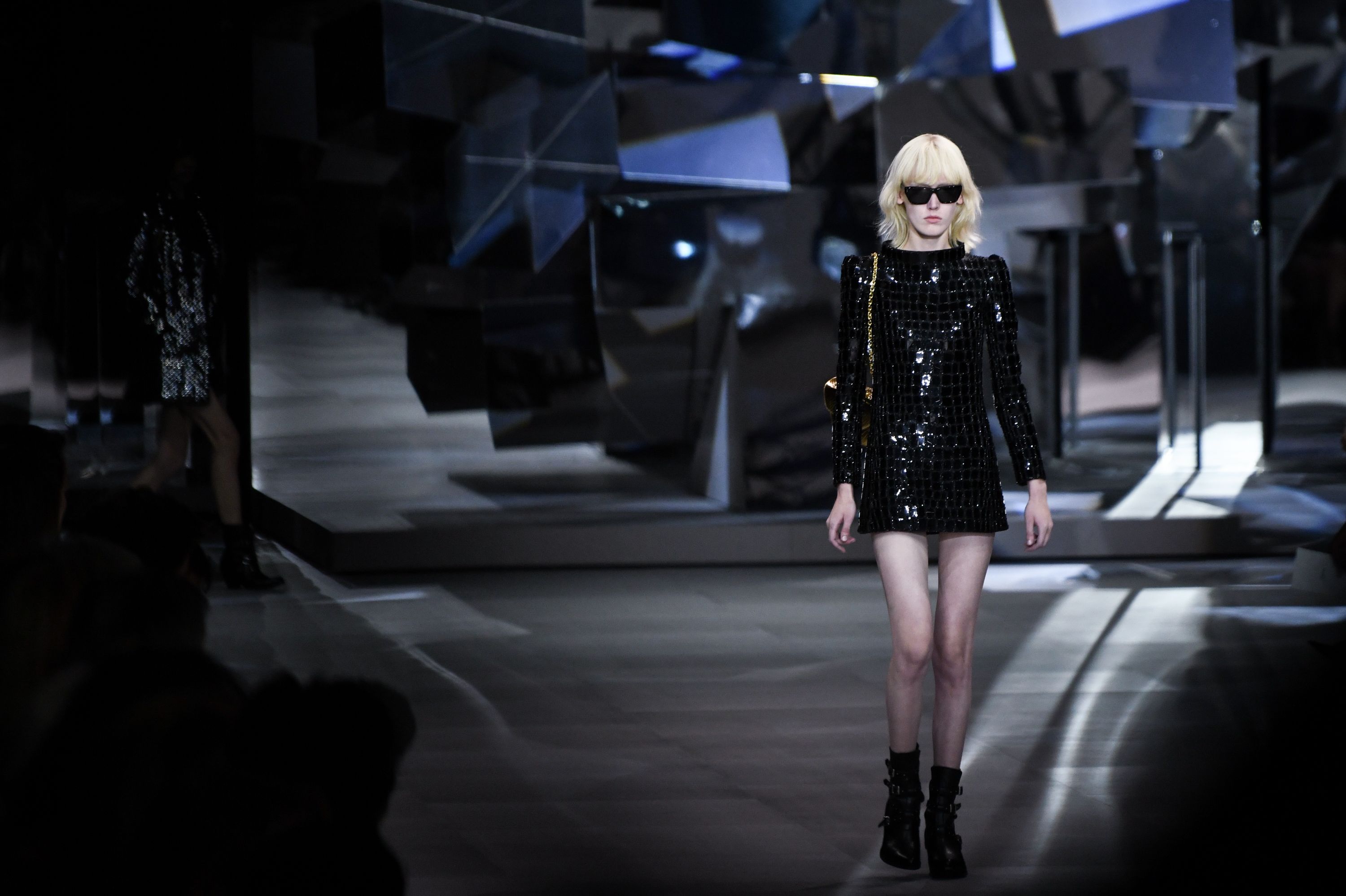
Kors brought to Celine his trademark sportswear sensibilities of luxury and easy glamour. When translated into clothing, that resulted in cashmere knit sets in peppy hues, slouchy gilded pants, sharp tailoring, and skin-skimming dresses.

Kors͛ Celine saw themed collections that catered to the jet-setter, centering around exotic destinations like Monte Carlo and Tahiti, or after-hour activities, like a Miami night club or casino—not unlike Kors' current collections.
He had a hand in boosting Celine͛s ͞It͟ bag appeal with the Boogie and Poulbot styles. In 1999, he was appointed creative director, but by 2004, buzz had died down and he left to focus on his namesake label.
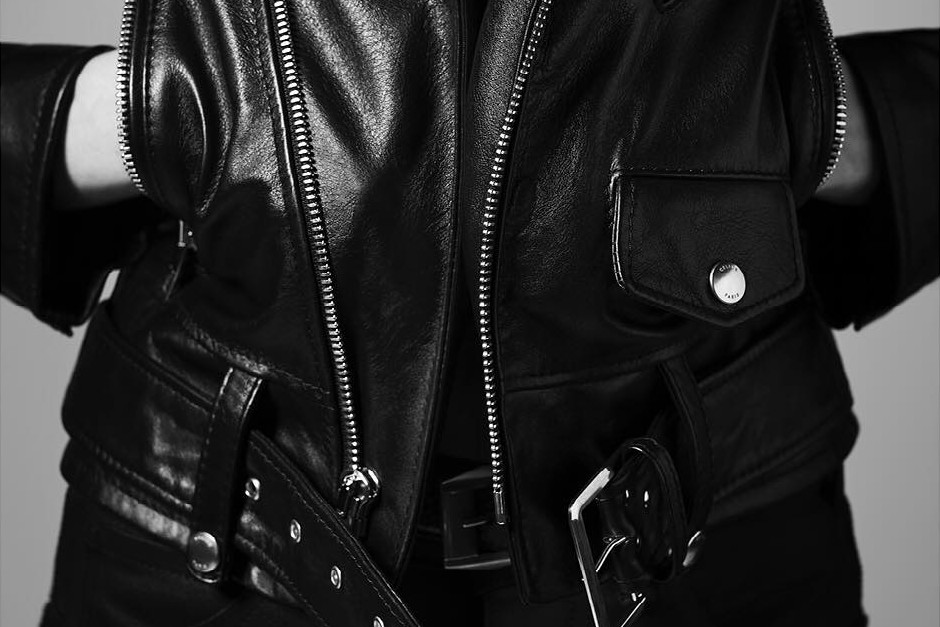
Post-Kors, the future of Celine was uncertain. Former Burberry designer Roberto Menichetti lasted at the helm for only a year. Ivana Omazic—who had previously been at Prada, Jil Sander, and Miu Miu—picked up the reins in 2006, but couldn͛t quite deliver and was succeeded by British designer Phoebe Philo.

When Philo was made creative director in 2008, she put her own unique twist on Céline Vipiana͛s original vision of minimalist chic. For her first collection, during the Spring 2010 season, she showed clothing that women aspired to wear: precise lines, and sharp tailoring that juxtaposed with fluid shapes, all rendered in a rigid color palette of neutrals.

Much like Vipiana, both designers feel creating something that women want is more important; something tasteful, elegant and luxurious, yet still pretty utilitarian.
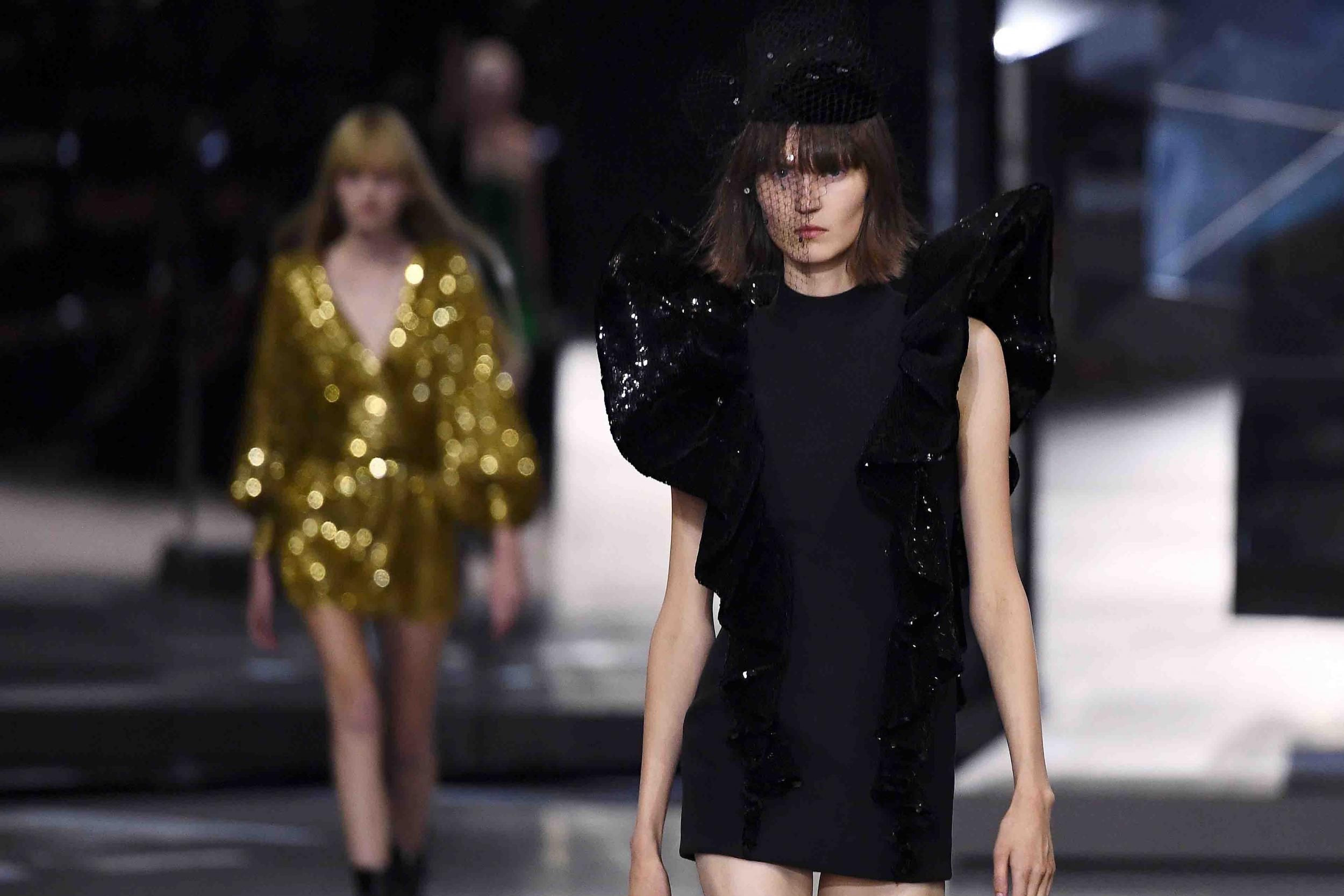
After a 10 year leadership of Phoebe Philo, in 2018 Hedi Slimane, who has previously held tenures at Dior Homme and Saint Lauren, has been appointed artistihc, creative and image director of Celine.
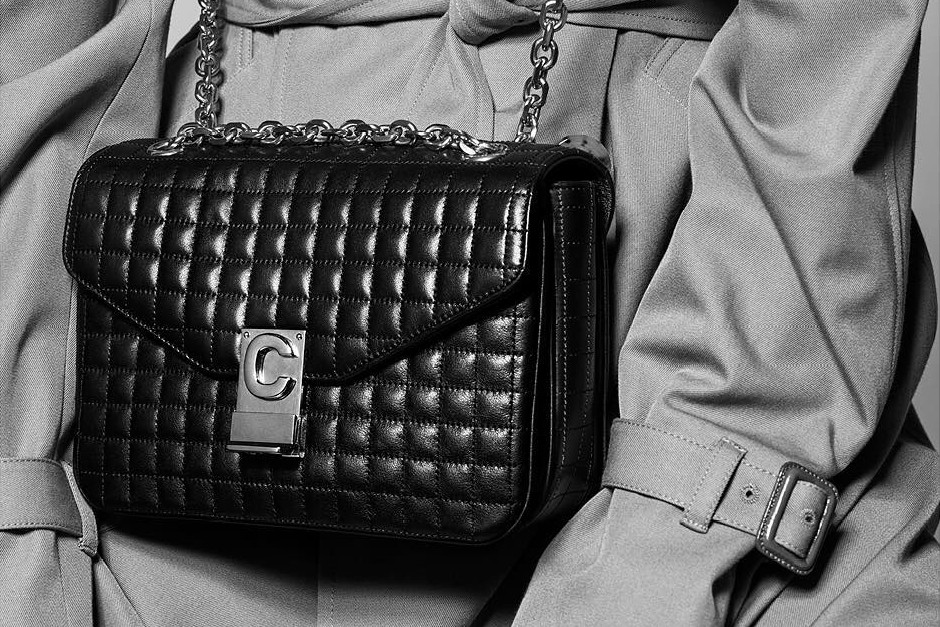
He, will oversee all collections produced by the house along with introducing couture, men's fashion and fragrances. Hedi is known for the sleek and clean aesthetic that he brings to his brands.

As one of his first initiatives the Celine logo has undergone a restyling: The accent on the 'e' has been removed to enable a simplified and more balanced proportion, evoking the Celine collections of the 1960s where the accent wasn't used often. Following in the footsteps of celebrities like Taylor Swift and Blake Lively, Céline deleted its entire Instagram account to reveal its new logo.
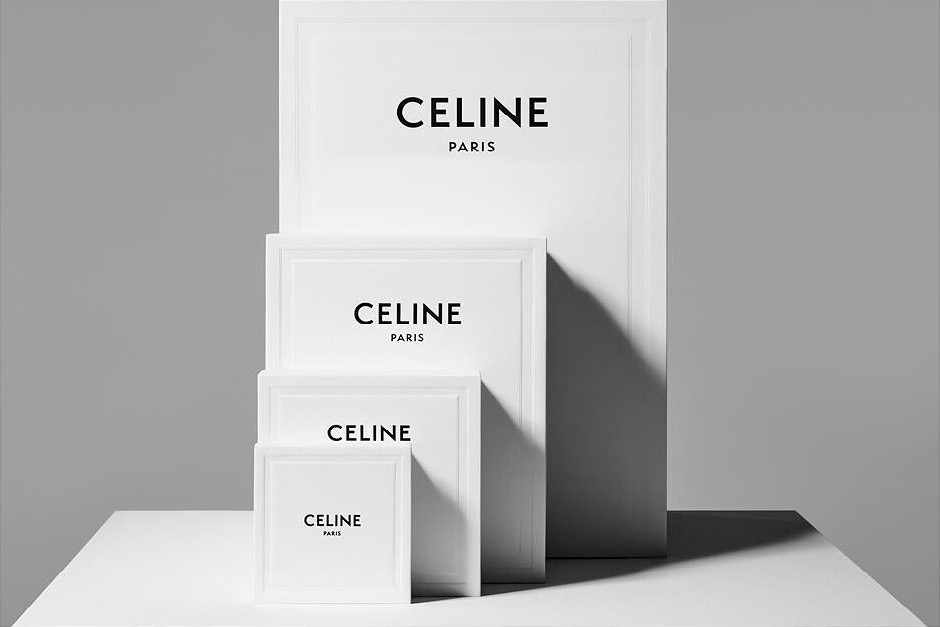
Products Céline Eyewear
Céline Eyewear
Elegant and Luxurious, Yet Still Pretty Utilitarian

History

Celine was founded by Céline Vipiana and her husband Richard in 1945 as a made-to-measure children͛s shoe boutique that was located in Paris at 52 rue Malte. The shop was denoted by a highly distinct red elephant logo created by cartoonist Raymont Peynet. Finding success, the duo expanded and opened three more stores by 1948.

More than a decade later, Vipiana used her success as a launch pad to branch out into ready-to-wear, with the goal to deliver fashion to the everyday woman. On a platform that advocated for practical clothing over frivolity, she launched a sportswear-driven line that revolved around wool skirt suits, fitted shirts, leather vests, and pastel-colored denim.

Vipiana believed that women did not need a bizarre and out-there wardrobe, but rather something more understated and functional, thus making the brand an advertisement for French Couture Sportswear.
According to Vipiana, she believed the typical Céline customer is ͞dynamic, she works, she travels a lot and doesn’t rely on extravagant and overly eccentric clothing to convey her personality to others.
This resulted in a high-end collection of pieces that were elegant and effortlessly chic.

In 1963, she unveiled a women͛ shoe line and a year later introduced Vent Fou, the brand͛s first fragrance that featured notes of galbanum, jasmine, and rose. Vipiana added leather accessories in 1966, including bags, belts, and gloves. In her mission to deliver pieces of the highest caliber, she sought out a leather goods factory in Florence.

Thing that made Céline really popular was to aim her collections of bags and shoes at the new middle class market and not just at the elite few. The most important things for brand founder were materials. Céline Vipiana is constantly innovating her lines, when denim became fashionable, she re- worked it and made it more feminine.

By the ͚70s, Celine had gone international, with new boutiques opening across the globe, from Monte Carlo to Beverly Hills to Hong Kong. But 1973 marked a logo redesign, in which Vipiana revealed intertwined Cs , a nod to the Parisian landmark Arc de Triomphe.

In 1987, Bernard Arnault, a French business magnate, saw the brand͛s potential, bought its capital, and inherited all 89 of its stores. Nine years later, Celine officially became a part of the LVMH group and began ramping up the development of its ready-to-wear and accessory collections. Vipiana remained the designer of Celine until she died in 1997 at 84 years old; she was immediately succeeded by Michael Kors as lead designer.

Kors brought to Celine his trademark sportswear sensibilities of luxury and easy glamour. When translated into clothing, that resulted in cashmere knit sets in peppy hues, slouchy gilded pants, sharp tailoring, and skin-skimming dresses.

Kors͛ Celine saw themed collections that catered to the jet-setter, centering around exotic destinations like Monte Carlo and Tahiti, or after-hour activities, like a Miami night club or casino—not unlike Kors' current collections.
He had a hand in boosting Celine͛s ͞It͟ bag appeal with the Boogie and Poulbot styles. In 1999, he was appointed creative director, but by 2004, buzz had died down and he left to focus on his namesake label.

Post-Kors, the future of Celine was uncertain. Former Burberry designer Roberto Menichetti lasted at the helm for only a year. Ivana Omazic—who had previously been at Prada, Jil Sander, and Miu Miu—picked up the reins in 2006, but couldn͛t quite deliver and was succeeded by British designer Phoebe Philo.

When Philo was made creative director in 2008, she put her own unique twist on Céline Vipiana͛s original vision of minimalist chic. For her first collection, during the Spring 2010 season, she showed clothing that women aspired to wear: precise lines, and sharp tailoring that juxtaposed with fluid shapes, all rendered in a rigid color palette of neutrals.

Much like Vipiana, both designers feel creating something that women want is more important; something tasteful, elegant and luxurious, yet still pretty utilitarian.

After a 10 year leadership of Phoebe Philo, in 2018 Hedi Slimane, who has previously held tenures at Dior Homme and Saint Lauren, has been appointed artistihc, creative and image director of Celine.

He, will oversee all collections produced by the house along with introducing couture, men's fashion and fragrances. Hedi is known for the sleek and clean aesthetic that he brings to his brands.

As one of his first initiatives the Celine logo has undergone a restyling: The accent on the 'e' has been removed to enable a simplified and more balanced proportion, evoking the Celine collections of the 1960s where the accent wasn't used often. Following in the footsteps of celebrities like Taylor Swift and Blake Lively, Céline deleted its entire Instagram account to reveal its new logo.

Products Céline Eyewear
-
Céline - Square Sunglasses 09 in Acetate - Black - Sunglasses - Céline Eyewear
Square sunglasses with acetate frames 09. Black.
270,00 € -
Céline - Oversized Sunglasses in Acetate - White - Sunglasses - Céline Eyewear
Oversized sunglasses with acetate frame with studs and crystals. White.
320,00 € -
Céline - Square Sunglasses 04 in Acetate - Striped Havana - Sunglasses -...
Square sunglasses with acetate frames 04. Striped Havana.
270,00 € -
Céline - Square Sunglasses 09 in Acetate - Red Havana - Sunglasses - Céline...
Square sunglasses with acetate frames 09. Red Havana.
270,00 € -
Céline - Rectangular Sunglasses in Acetate - Dark Havana - Sunglasses -...
Rectangular sunglasses with acetate frame. Dark Havana.
320,00 € -
Céline - Square 08 Sunglasses in Acetate - Black Smoke - Sunglasses - Céline...
Square sunglasses with acetate frames. Black Smoke.
320,00 € -
Céline - Square Sunglasses 09 in Acetate - Red - Sunglasses - Céline Eyewear
Square sunglasses with acetate frames 09. Red.
270,00 € -
Céline - Butterfly Sunglasses in Acetate - Crystal - Sunglasses - Céline Eyewear
Butterfly sunglasses with thin acetate frames and mirrored lenses. Crystal.
270,00 € -
Céline - Square 05 Sunglasses in Acetate - Black Smoke - Sunglasses - Céline...
Square sunglasses with acetate frames. Black Smoke.
320,00 € -
Céline - 03 Sunglasses in Acetate - Red Havana - Sunglasses - Céline Eyewear
Rectangular sunglasses 03 with acetate frames. Red Havana.
290,00 € -
Céline - Cat Eye Sunglasses in Acetate with Polarized Lenses - Black -...
Cat-eye sunglasses with acetate frames and polarized lenses. Black.
330,00 € -
Céline - Square 05 Sunglasses in Acetate - White - Sunglasses - Céline Eyewear
Square sunglasses with acetate frames. White.
320,00 € -
Céline - 03 Sunglasses in Acetate - Optic White - Sunglasses - Céline Eyewear
Rectangular sunglasses 03 with acetate frames. Optic White.
290,00 € -
Céline - Metal Frame 06 Sunglasses in Metal - Havana Green - Sunglasses -...
Round sunglasses with metal frames. Havana Green.
310,00 € -
Céline - Oversized Sunglasses in Acetate - Black - Sunglasses - Céline Eyewear
Oversized sunglasses with thick acetate frames and metallic studs. Black.
330,00 € -
Céline - Metal Frame 01 Sunglasses in Metal - Gold - Sunglasses - Céline Eyewear
Aviator sunglasses with metal frame and double bridge. Gold.
290,00 € -
Céline - Oversized Sunglasses in Acetate - Blonde Havana - Sunglasses -...
Oversized sunglasses with thick acetate frames and metallic studs. Blonde Havana.
290,00 € -
Céline - Metal Frame 02 Sunglasses in Metal - Silver - Sunglasses - Céline...
Aviator sunglasses with metal frame and double bridge. Silver.
290,00 € -
Céline - Oversized Sunglasses in Acetate - Black Gold - Sunglasses - Céline...
Oversized sunglasses with thick acetate frames and metallic studs. Black Gold.
350,00 € -
Céline - Black Frame 02 Sunglasses in Acetate - Brown Havana - Sunglasses -...
Rectangular sunglasses with acetate frames. Brown Havana.
310,00 € -
Céline - Oversized Sunglasses in Acetate - White Gold - Sunglasses - Céline...
Oversized sunglasses with thick acetate frames and metallic studs. White Gold.
350,00 €Sold Out - Not Available





